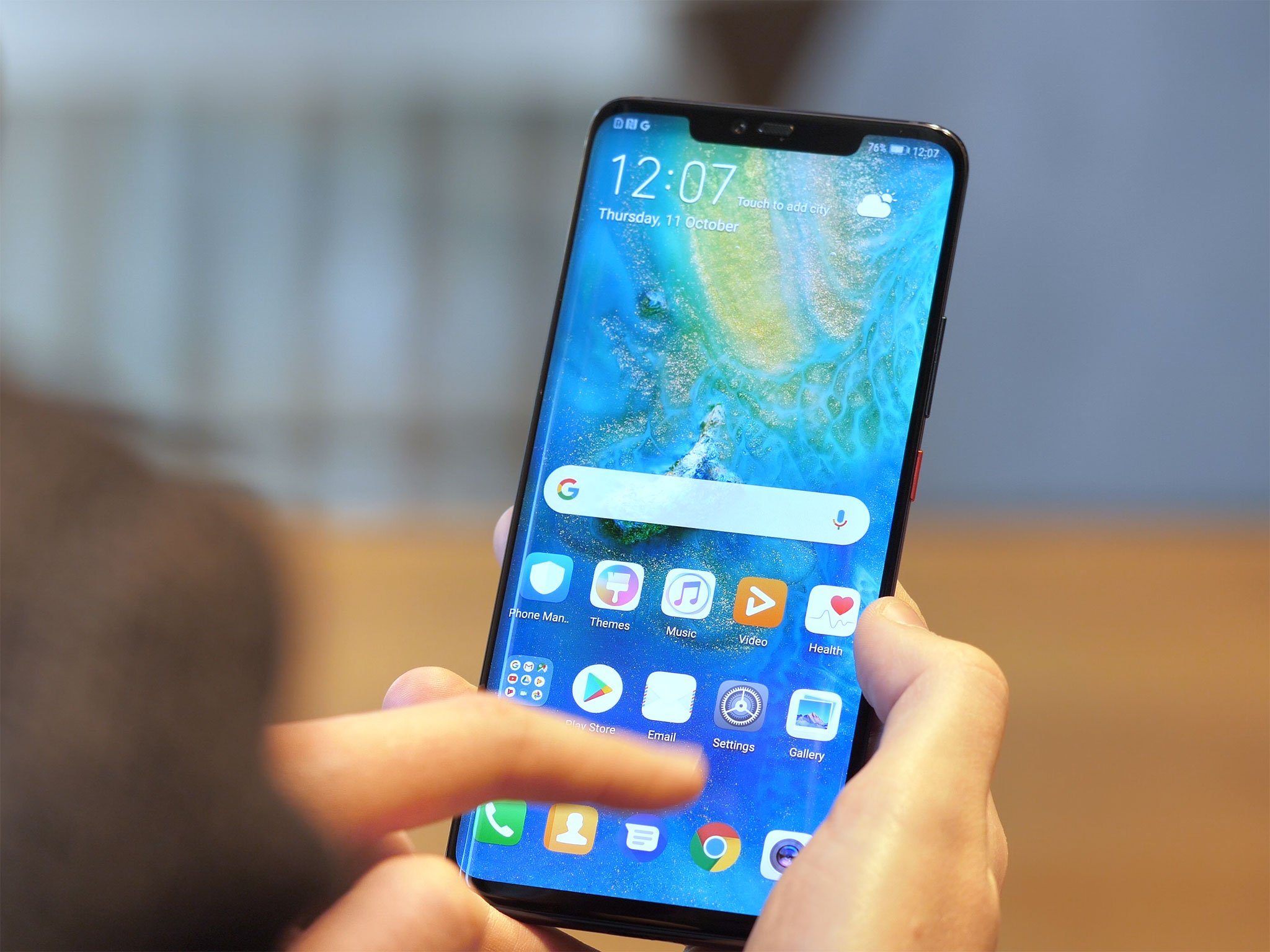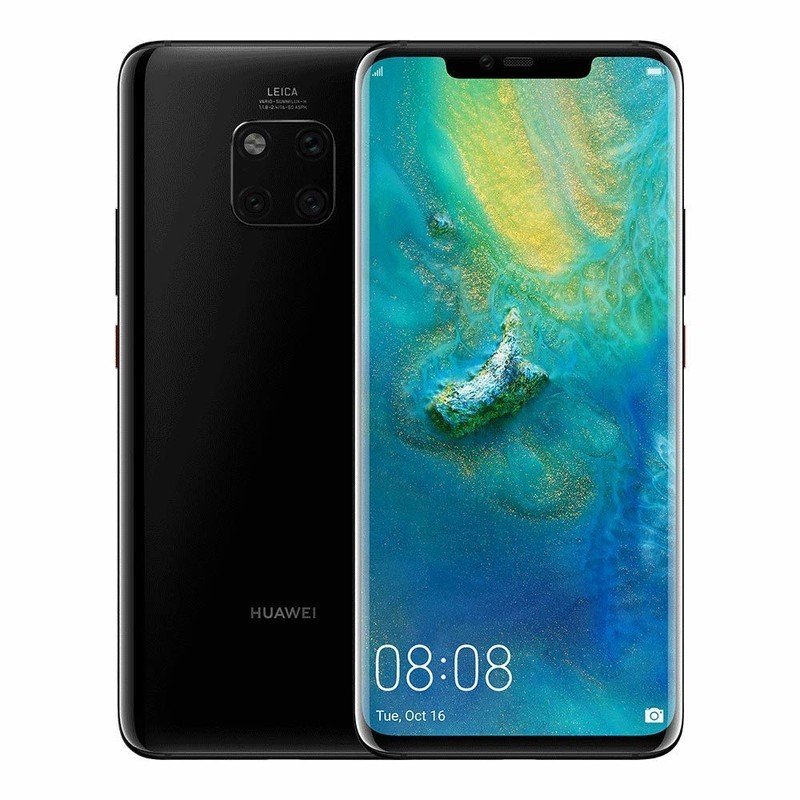Huawei Mate 20 Pro vs. P20 Pro: Which should you buy?

Huawei Mate 20 Pro

The Mate 20 Pro combines excellent design with incredible performance. The dual-curved screen at the front is vibrant, the 7nm Kirin 980 chipset is one of the best in the world, and the cameras are just as great as what you'd find on the Note 9 or Pixel 3.
Huawei Mate 20 Pro
Outstanding
Huawei P20 Pro

The P20 Pro has most of the same characteristics as the Mate 20 Pro, but it misses out on the higher-res screen, a 3D facial unlock feature, and wireless charging. It's also missing a wide-angle lens, but the main camera is just as good as the one on the Mate 20 Pro.
Huawei P20 Pro
Almost as good
Huawei came out all guns blazing in 2018, rolling out two of the best phones of the year. Both phones have high-end hardware and evocative designs, backed by excellent cameras that hold up to the best that Samsung and Google have to offer. The P20 Pro introduced three cameras at the back, and Huawei has refined the formula in the Mate 20 Pro.
Should you buy the Huawei Mate 20 Pro or the P20 Pro?
The P20 Pro is a great device in its own right, but to me, the Mate 20 Pro feels like a much better effort. The dual curved screen makes it almost seem like a Galaxy S9. In fact, the Mate 20 Pro falls somewhere in between the S9 and S9+ in terms of size, even though it has a 6.39-inch screen that's more in line with the Note 9.
The screen is not only larger, but it is also sporting a higher-res panel. With the Mate 20 Pro, Huawei is offering a QHD+ (3120x1440) AMOLED display, and it's just as vibrant as the panels Samsung uses on its flagships. Color saturation and viewing angles are excellent, and the screen gets adequately bright under harsh sunlight. The screen is also DCI-P3 and HDR10 compliant.
Continuing with the design theme, I like the fact that there's no fingerprint sensor on the front. Its removal has freed up a lot of room at the bottom bezel, and the result is that the bottom bar is significantly thinner than the one on the P20 Pro. Like most Chinese manufacturers, Huawei has switched to an in-display solution for the Mate 20 Pro, which is no different from the modules seen on the Vivo NEX or the Xiaomi Mi 8 Pro.
There isn't a single area where the Mate 20 Pro is found lacking.
The in-display fingerprint sensor isn't as fast as a traditional module, but I haven't faced any reliability issues. Just know that it takes anywhere from a second to a second and a half for the sensor to authenticate your fingerprint. Huawei also has a 3D face unlock feature that is a viable stand-in, but the caveat is that it doesn't work very well if you have a beard.
Get the latest news from Android Central, your trusted companion in the world of Android
The camera arrangement at the back also looks better on the Mate 20 Pro, and aside from the aesthetic value, what I like is that the phone doesn't wobble anymore when laid flat on a surface. The sensors on the P20 Pro jutted out slightly from the body, and as they weren't in the center, it led to a lot of wobbles.
Huawei not only changed the arrangement of the sensors but also switched out the monochrome module for a wide-angle lens, which is a welcome addition. Huawei still offers a monochrome mode, and I didn't notice too much of a difference between the monochrome on the P20 Pro and the Mate 20 Pro. To me, the wide-angle lens is much more useful in day-to-day shooting scenarios.
| Category | Huawei Mate 20 Pro | Huawei P20 Pro |
|---|---|---|
| Operating system | Android 9.0 Pie EMUI 9.0 | Android 9.0 Pie EMUI 9.0 |
| Display | 6.39-inch AMOLED, 3120x1440 (19.5:9) HDR10 | 6.1-inch AMOLED, 2240x1080 (18.7:9) |
| Processor | Kiirin 980 Mali-G76 | Kirin 970 Mali-G72 |
| RAM | 6GB/8GB LPDDR4X | 6GB/8GB LPDDR4X |
| Storage | 128GB/256GB UFS2.1 | 128GB/256GB UFS2.1 |
| MicroSD slot | No | No |
| Rear camera 1 | 40MP f/1.7, OIS 4K@30fps, 720p@960fps | 40MP 1.7-micron, f/1.7, OIS 4K@30fps, 720p@960fps |
| Rear camera 2 | 20MP f/2.2 wide-angle | 20MP f/1.6 monochrome |
| Rear camera 3 | 8MP f/2.4 telephoto | 8MP f/2.4 telephoto |
| Front camera | 24MP f/2.0 | 24MP f/2.0 |
| Connectivity | Wi-Fi 802.11ac 4x4 MIMO, Bluetooth 5.0 LE, NFC, GPS | Wi-Fi 802.11ac 2x2 MIMO, Bluetooth 4.2 LE, NFC, GPS |
| Audio | USB-C Stereo speakers | USB-C Stereo speakers |
| Battery | 4200mAh Non-removable | 4000mAh Non-removable |
| Charging | USB-C Fast charge (40W) | USB-C Fast charge (22.5W) |
| Water resistance | IP68 | IP67 |
| Security | In-display fingerprint sensor 3D face unlock | Fingerprint sensor Face unlock |
| Dimensions | 157.8 x 72.3 x 8.6mm 189g | 155 x 73.9 x 7.8mm 180g |
| Colors | Twilight, Emerald Green, Midnight Blue, Black | Twilight, Black, Midnight Blue |
There are other minor changes that add to the overall refinement of the Mate 20 Pro: it's rated IP68 for dust and water resistance (versus IP67 for the P20 Pro), it comes with Bluetooth 5.0, and there's the faster charging standard, along with a larger 4200mAh battery. The bundled wall unit charges the Mate 20 Pro from flat to 70 percent in just over 30 minutes, and that fundamentally changes how you use the device.
The Mate 20 Pro not only has excellent battery life, but it can also charge other phones.
The Mate 20 Pro delivers excellent battery life in and of itself — I routinely got two days' worth of use — but the incredible fast charging essentially eliminates the need to plug in the phone overnight. Plus, if you need added convenience, the Mate 20 Pro charges wirelessly over the Qi standard. That's not all, for the phone is able to charge other devices as well.
The Kirin 980 is also a huge upgrade from the 970 in the P20 Pro. The switch to the 7nm node allows for much more energy efficiency, and the all-new Cortex A76 cores are blazing fast. You're not going to notice a lot of difference unless you're playing titles like PUBG for hours on end, but the Mate 20 Pro manages to do better in terms of sustained performance.
If you already have the P20 Pro, it makes little sense to pick up the Mate 20 Pro. The dual curved screen makes it much more premium, and the cameras are more refined, but it's not so fundamentally different from the P20 Pro that it warrants an upgrade.
But if you're in the market for a new device, the Mate 20 Pro is an obvious choice. The phone is one of the best I've used all year, and there isn't an area where I found it to be lacking. The only real issue is that neither device is available in the U.S.

One of the best phones of 2018
The Mate 20 Pro is Huawei's boldest showing yet, and a testament to what the Chinese manufacturer is capable of. The phone is packed to the gills with features, and you'll end up using most of them. Most of all, Huawei has shown that it can hold its own next to Samsung and Google.

Still a great choice.
If you're looking to save some cash, the P20 Pro is a great alternative to the Mate 20 Pro. While you miss out on the wide-angle lens, the resultant images from both phones are near-identical. The P20 Pro also picked up the Android 9.0 Pie update and is running the same EMUI 9 interface as the Mate 20 Pro.

Harish Jonnalagadda is Android Central's Senior Editor overseeing mobile coverage. In his current role, he leads the site's coverage of Chinese phone brands, networking products, and AV gear. He has been testing phones for over a decade, and has extensive experience in mobile hardware and the global semiconductor industry. Contact him on Twitter at @chunkynerd.
